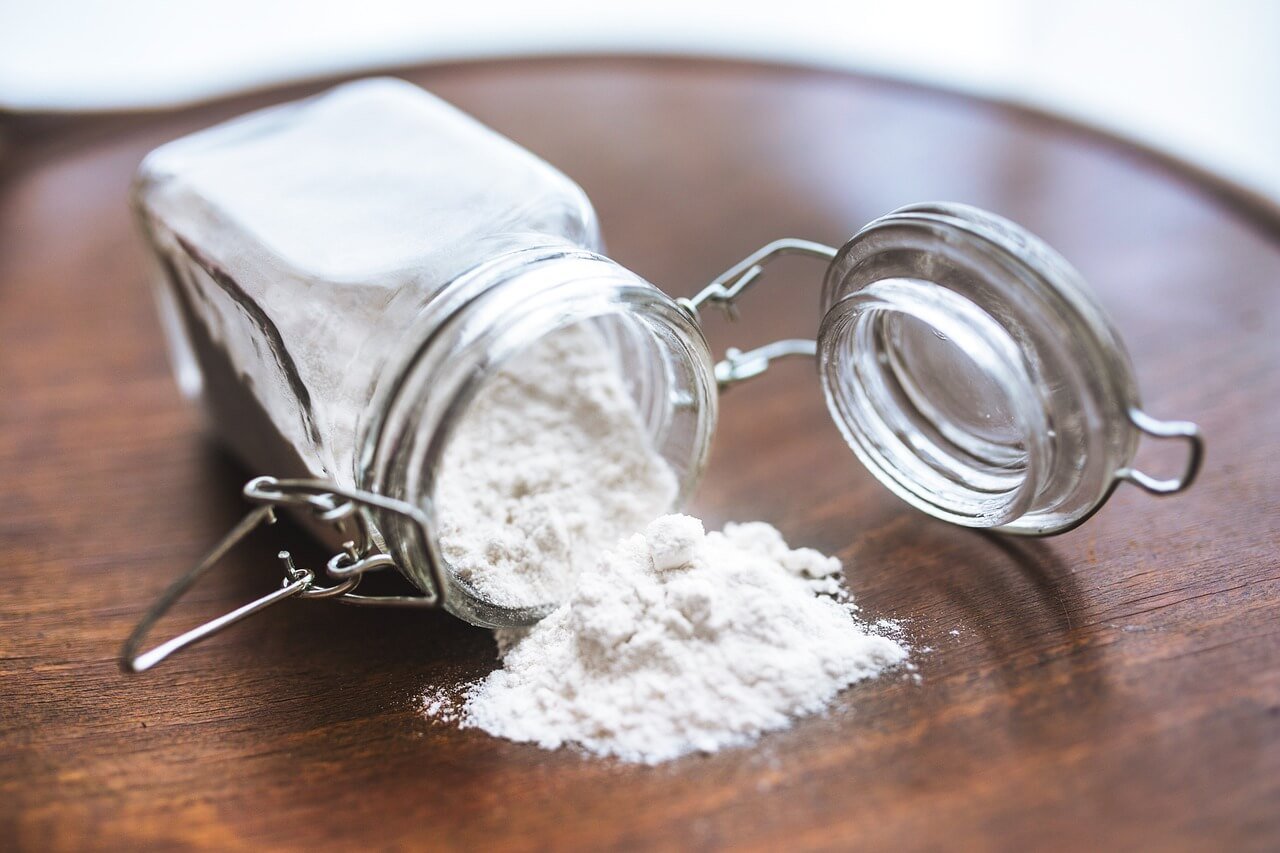
Understanding Flour Weevils: A Comprehensive Guide
Flour weevils, scientifically known as Sitophilus granarius, are small beetles that pose a significant threat to stored grain products, particularly flour. Recognizing and addressing these pests is crucial for maintaining the quality of flour and ensuring food safety. In this article, we will explore the characteristics, life cycle, prevention, and control methods for flour weevils.
1. Identification
Flour weevils are identifiable by their distinctive physical characteristics:
- Appearance: Adult flour weevils are typically brown to black, with a long, slender body measuring about 2.5 to 4 mm in length. They possess a long snout that extends forward from the head, which is a key distinguishing feature.
- Eggs: The female weevil lays eggs in the kernels of grains, which hatch into larvae.
- Larvae: The larvae are small, creamy-white, and legless, growing up to 5 mm in length. They are not often seen since they remain inside the grains.
2. Life Cycle
Flour weevils undergo a complete metamorphosis, consisting of four life stages:
- Egg: The female lays eggs inside the grain kernels, where they can remain undetected.
- Larva: Once the eggs hatch, larvae feed on the grain, tunneling through it and causing damage.
- Pupa: After several weeks, the larvae pupate, usually inside the grain.
- Adult: The adult weevil emerges, ready to continue the cycle. The entire life cycle can take anywhere from 4 to 6 weeks, depending on environmental conditions.
3. Habitat and Behavior
Flour weevils are primarily found in grain storage areas, including:
- Flour mills
- Grain elevators
- Pantries and kitchen cabinets where flour and other grain products are stored
They are attracted to grains and can infest a wide range of food products, including flour, rice, cornmeal, and cereals. Flour weevils prefer warm, dry environments, making homes with inadequate storage conditions particularly susceptible.
4. Signs of Infestation
Detecting a flour weevil infestation early can help prevent significant damage. Look for the following signs:
- Presence of adult weevils: Adults may be seen in or around food storage areas.
- Small holes in packaging: Weevils can chew through paper and plastic, creating small entry points.
- Grain damage: Infested grains often show signs of tunneling and frass (a powdery substance consisting of digested grain and waste).
- Webbing: In severe infestations, fine webbing may be visible in and around storage areas.
5. Prevention
Preventing flour weevil infestations requires proactive measures:
- Store grains properly: Use airtight containers to keep flour and other grains sealed. Glass, metal, or heavy plastic containers are best.
- Keep storage areas clean: Regularly clean pantry shelves and storage areas to eliminate any food debris that could attract pests.
- Inspect new purchases: Check packaging for signs of damage or infestation before bringing food products into the home.
- Control humidity: Maintaining a dry environment can deter flour weevils and other pests.
6. Control Methods
If you discover a flour weevil infestation, take immediate action:
- Remove infested products: Discard any contaminated flour or grains. Seal these items in plastic bags before disposal to prevent the spread of weevils.
- Clean thoroughly: Vacuum and wipe down all shelves, containers, and pantry areas to eliminate any remaining larvae, eggs, or adults.
- Freezing method: To kill weevil eggs and larvae, you can freeze flour and grains for at least 4 days before returning them to the pantry.
- Insecticides: In severe cases, consider using insecticides labeled for use against weevils in stored grains. Follow manufacturer instructions carefully.
7. Conclusion
Flour weevils are a common pest in stored grains, posing a risk to food quality and safety. By understanding their life cycle, behaviors, and effective control measures, individuals and businesses can take proactive steps to prevent infestations. Regular inspections, proper storage, and thorough cleaning are key strategies to maintain a pest-free environment. If infestations occur, prompt action is crucial to minimize damage and protect food supplies.